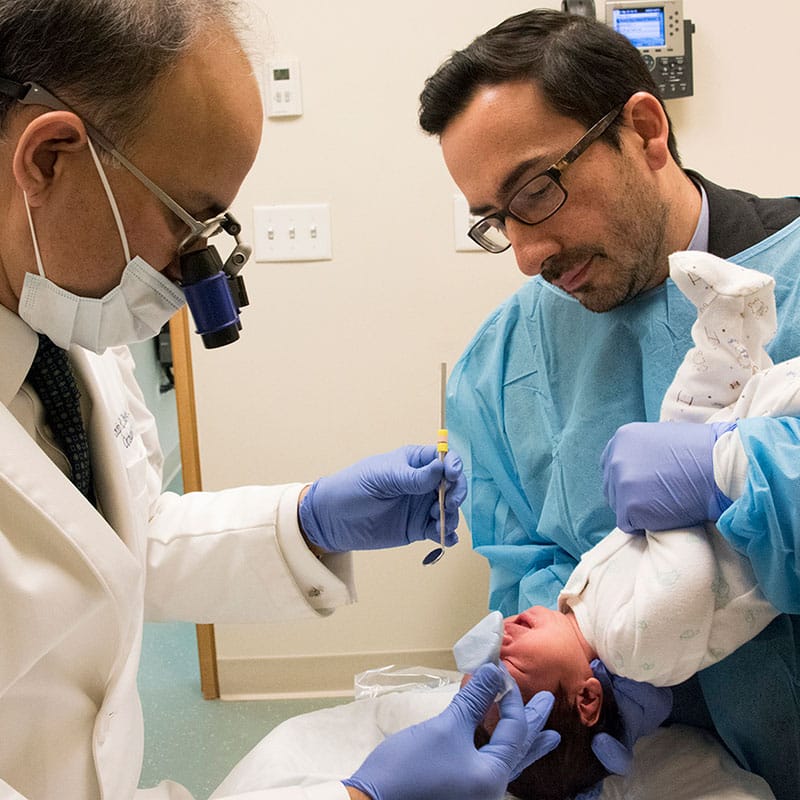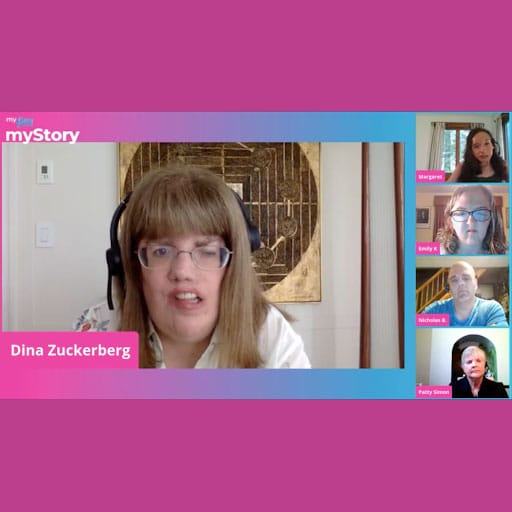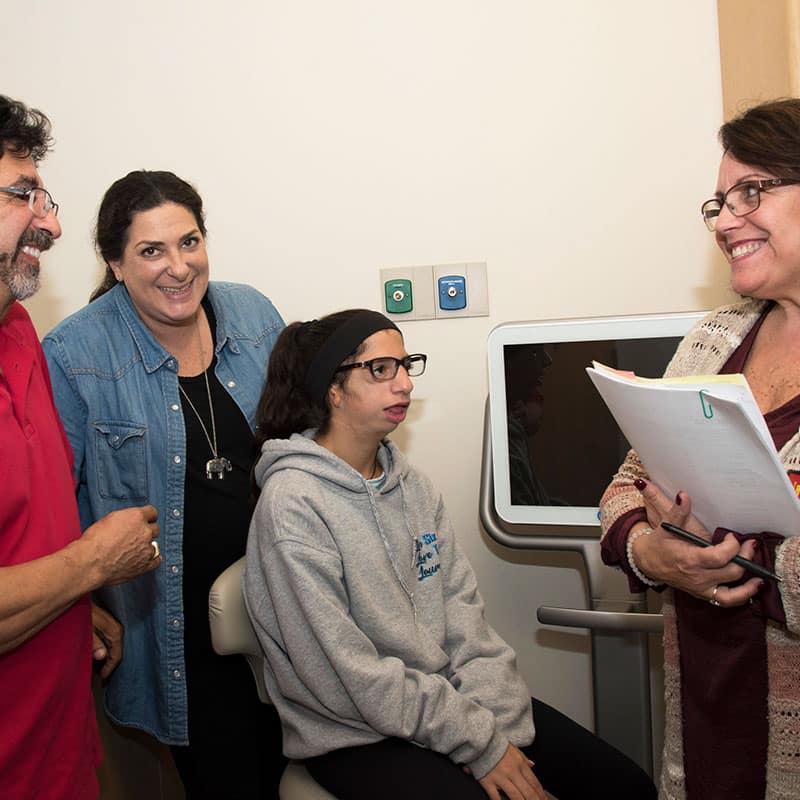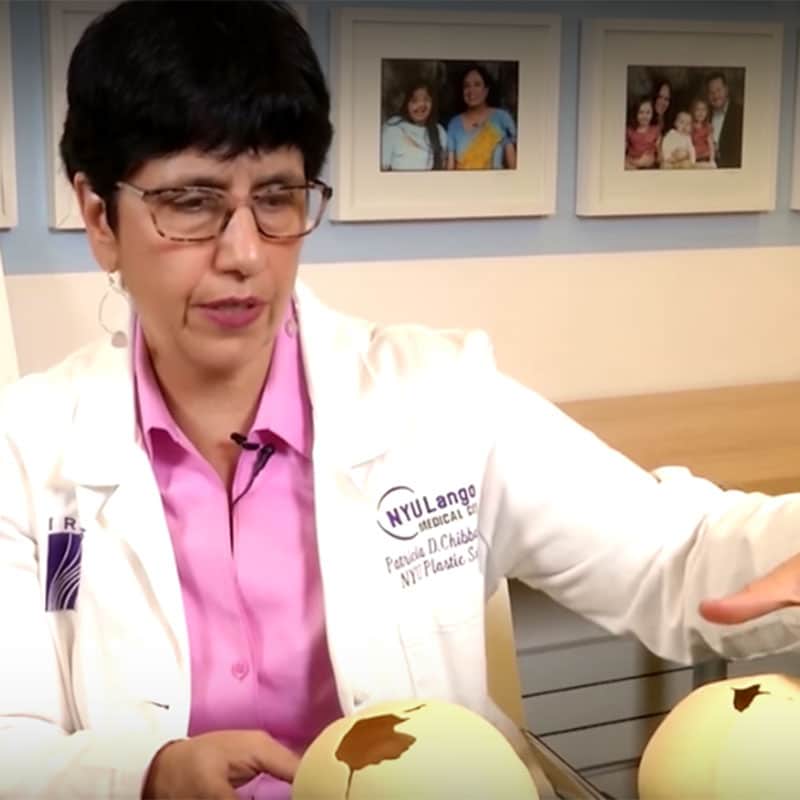Types of Cleft Lip and/or Palate
Bilateral, Unilateral & Other Types of Cleft Palate and Cleft Lip
Clefts are often classified into two groups: syndromic (30%) and nonsyndromic (70%). Syndromic clefts are those caused by chromosomal abnormalities or single gene mutations and are often associated with other congenital anomalies and developmental delays known as syndromes. There are over 100 syndromes that may include cleft lip/palate, including Treacher Collins syndrome (TCS), Apert Syndrome, Pierre Robin Sequence, and deletion of chromosome 22q11.
Are there variations of Cleft Lip?
Clefts can vary a great deal in their severity. For example: a mild form of cleft lip may present as a slight notch in the upper lip. The most severe forms can present as a complete separation of the upper lip that extends into the nose.
Clefts can also occur on one side of the lip only (“unilateral cleft lip”) or on both sides (“bilateral cleft”) of the upper lip. A complete cleft lip extends into the nose, while an incomplete cleft lip does not extend into the nose.
Unilateral and Bilateral Cleft Palate
Similarly, a mild case of cleft palate may affect only a small portion of the roof of the mouth, but in more severe cases, the cleft can extend along the entire length of the palate. A cleft palate can appear on one (“unilateral”) or both (“bilateral”) sides of the roof of the mouth.
Complete vs Incomplete Cleft Palate
A cleft palate can also be described as complete or incomplete:
- An incomplete cleft palate affects only the soft palate.
- A complete cleft palate involves a separation that affects both the hard palate (in the front of the mouth) and the soft palate (in the back of the mouth).
A complete cleft palate essentially removes the separation that normally exists between the oral and nasal cavities.
Feeding Difficulty with Cleft Palate
Infants with a cleft in their palate may have difficulty feeding, as indicated by:
- Choking, gagging, or coughing during or after feeding
- Milk coming back up through the nose
- Vomiting
- Crying, back arching, watery eyes, furrowing eyebrows during feedings
- Poor weight gain or even weight loss
- Difficulty with transitioning food types at appropriate ages (for example, unable to transition from a specialized bottle to a cup, or difficulty transitioning later to purees and table foods)
Resources for the Craniofacial Community
myFace provides individuals and families living with a facial difference access to holistic comprehensive care, psychosocial services, education, resources and support that pave the way for better outcomes.







